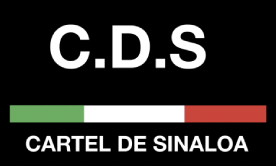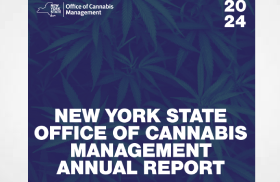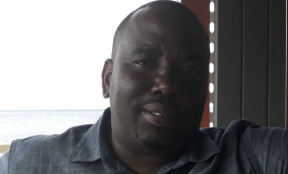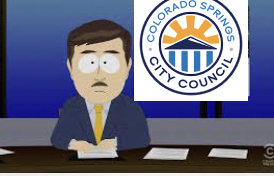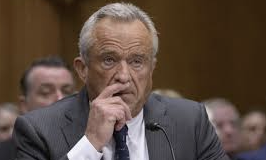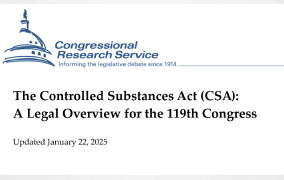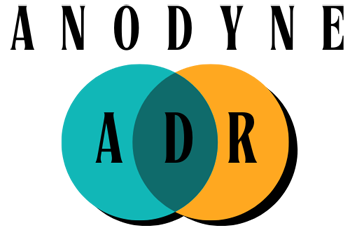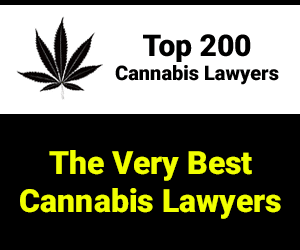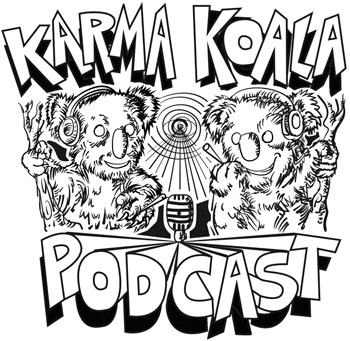The Sinaloa Cartel is one of the oldest of the dominant players in Mexico’s current drug trafficking scene. This group was not the first of its kind in the country, but it has become one of the most powerful. This Cartel has expanded into Europe and has a strong foothold in the United States. It deals predominantly in marijuana, cocaine, heroin, methamphetamine, and fentanyl. The cartel is also involved in money laundering through cryptocurrency and the Chinese Underground Banking System.
Images Sourced From: Rolling Stones, El País,
1 Images and History of the Sinaloa Cartel
1.1 Images of the Sinaloa Cartel
This is one image that is associated with the Sinaloa Cartel.
1.2 Origins of the Sinaloa Cartel
The origins of the Sinaloa Cartel lie in the older Guadalajara Cartel. This cartel farmed marijuana and poppy plants and then sold these drugs to other parts of Mexico and the United States. “El Chapo” and “El Mayo,” who later went on to establish the Sinaloa Cartel, worked as enforcers for the Guadalajara Cartel throughout the 1970s and 1980s. Following the assassination of undercover DEA agent Enrique Camarena in 1985, the cartel faced increasing law enforcement pressure, which led to the fracturing of the group. Leaders left and different factions established their own operations in cities beyond Guadalajara.
[source, source, source, source]
1.3 The Sinaloa Cartel
The cartel was established in Sinaloa, Mexico in the 1980s. This region is a key location for the production and sale of narcotics and has its own history of production and smuggling. The cartel was formed through a system of alliances. El Chapo, El Azul, El Mayo, and the Beltran-Levya brothers worked together to coordinate the smuggling of cocaine from Columbia to Mexico and the United States.
The Sinaloa Cartel engages in violence, however there are two sides to it. The first is violence in business, which is calibrated to the situation. The second is violence in expansion. The aggressive methods of expansion have led to inner-cartel conflict between rival factions.
Its main operations are in the production and trafficking of narcotics including marijuana, cocaine, heroin, methamphetamine, and fentanyl. It has also begun to expand into more legitimate businesses. For example, the Cartel has become heavily involved in the fishery industry in Mexico both through legal and illegal means.
Based on the estimates of a 2022 Congressional Research Service, the Sinaloa Cartel controls between forty to sixty per cent of the Mexican drug trade and earns around three billion dollars annually.
[source, source, source, source, source, source]
2 Organisation
2.1 Place within broader organized crime
The Sinaloa Cartel is one of the most powerful cartels operating in Mexico and controls a large portion of the drug trade. The Cartel Jalisco Nueva Generación (CJNG) is another large, powerful cartel operating in Mexico. The CJNG cartel is one of the Sinaloa Cartel’s largest rivals. The Sinaloa Cartel also has ties with businesses, politicians, and government institutions. Furthermore, the Cartel has distributed citizens social aid packages, which include food, cash, and hand sanitisers. These donations and packages win support among the local people and allow the cartel to continue its operations. In some areas, it serves as an enforcement organization against robberies which helps to win support among the people.
2.2 Business Structure
The Sinaloa Cartel operates in the business of wholesale drug production and distribution. It produces fentanyl and methamphetamine in labs and Mexico; it also cultivates marijuana and poppy. The cartel works out of distribution points in different cities throughout the United States. For example, the group also has control of smuggling routes in Arizona and California. They also have companies located in Mexico and Columbia that support the illicit actions of the cartel.
The Sinaloa Cartel has worked to acquire control over fentanyl, precursor, and pre-precursor imports from China. The group then sells the materials to smaller criminal organizations that produce pills and export the narcotics to other areas. The cartel also uses underground tunnels between the Mexican and American border to smuggle narcotics.
The Sinaloa Cartel does not have a strict hierarchical structure. In the beginning, the organization was led by El Chapo with El Mayo serving as the second-in-command. However, after El Chapo’s arrest and extradition to the United States in 2017, the group began to fracture internally. This led to the appearance of four main factions: one led by El Mayo, a second led by Rafael Caro Quintero who was one of the co-founders of the Guadalajara Cartel, a third led by Aureliano “El Guano” who is the brother to El Chapo, and a fourth faction led by El Chapo’s sons (also known as Los Chapitos). Each faction has its own army that allows them to conduct operations. The vying for power between these groups has resulted in the Sinaloa feud, bloodshed, and increased instability in the Sinaloa region.
Read the full overview at
